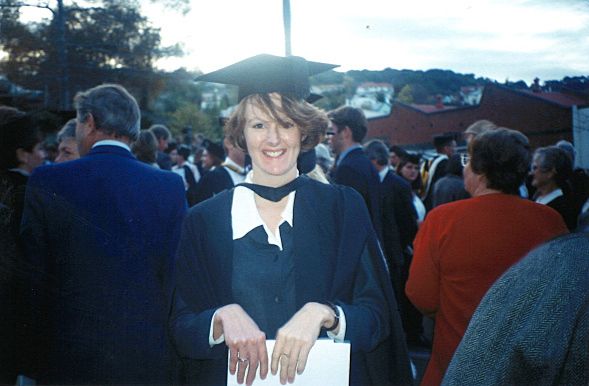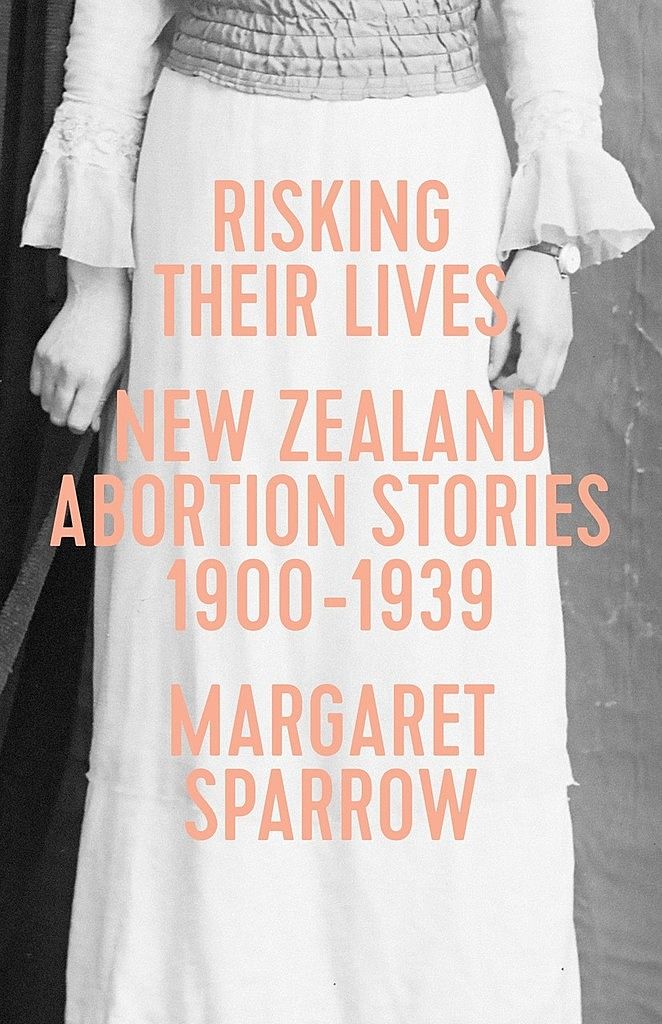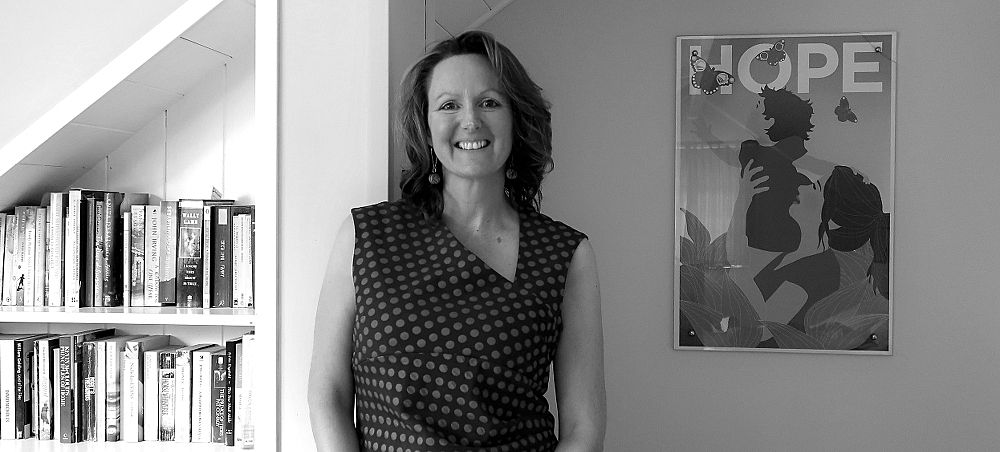The Silent Killing Ground: Abortion in Aotearoa
In this essay, Justine Whitfield tells the story of her own abortion and invites men and women to participate in The Sparrow Project, an exhibition of accounts and artists’ responses aimed at broadening our understanding of abortion.
In Aotearoa, one in four women will have an abortion and yet the topic remains taboo. In this essay, Justine Whitfield tells the story of her own abortion and invites men and women to participate in The Sparrow Project, an exhibition of accounts and artists’ responses aimed at broadening our understanding of abortion.
When my first child was born, he did not cry. He lay still for perhaps a second and then turned his body toward his father’s voice. As he rotated, he sucked a small creek of air through the red anemone gape of his mouth. The sound of that breath shocked me. I had not quite expected it.
In my family, there is a history of stillbirth – four now in the last four generations of women. Before that we don’t know. The causes are not connected. Depending on your view, this is statistical chance or karmic law. No matter. In my family, we assume nothing where birth is concerned.
But there was also another shadow present in the room, gliding below the water table of my sub-conscious and slowly being sucked by tap roots into hazy sentient form. Yes. The sound of that breath shocked me because I was already the mother of an aborted child and I had no right to this pink breathing baby. Such things were meant for other women – good and natural women who slept each night in perfect sheets. Or warriors birthed from the earth itself who would fight all adversity to raise their child, without regret or selfish thought.
The mother of an aborted child. That’s an oxymoron, surely.
I’m guessing that you paused back there. The mother of an aborted child. That’s an oxymoron, surely. Or a Sesame Street game. One of these things is not like the other. One of these things just doesn’t belong. It throws us off because the pro-choice argument does not commonly address the concept of an unborn child and without a child there is no mother. And if we allow the concept of an unborn child into this territory, the woman who terminated that heart beat is not entitled to the badge of mother. Well, I’m not sure I agree.
My abortion was performed at Parkview Clinic in Newtown in the late 1980s. The clinic was in an old two storey house behind Wellington Hospital. It was overlooked by a rest home where old people sat beneath mottled rugs watching the comings and goings. The front door of the clinic was kept locked and on the day of my procedure, police were called twice to remove protestors flanking the entrance.
There were tall windows in the surgical space and the theatre table was placed near to one of them, off centre within the room. It was a small humanising detail, as if someone had cared about the feelings of the woman on the table, had wanted to offer the comfort of natural light and a reminder of the outside world to which she could return. I lay on the table in fresh white ankle socks and a yellow gingham surgical gown. I had been given Valium to take the evening before and again that morning. The sun was getting on for twelve and the room felt well-ordered.
It was not painful but the sensation was sustained and deep, and deeply unpleasant.
Dame Margaret Sparrow was the attending physician. At seventeen, I had no knowledge of who she was or the pioneering role she had played in sexual health and abortion rights within New Zealand. I saw only a quiet middle-aged woman. I wondered what she thought of me. She looked like the type who might judge a pregnant teenager and yet I sensed only a careful focus on the task at hand. I remember most her eyes. They were deeply set and calm, as if the gravitational force of her universe emanated from within. Years later, in a course on human evolution and sexuality at Victoria University, I listened to her lecture on abortion and learned she had chemically induced her own as a young medical student.
A nurse helped me raise my legs into the stirrups and held my hand and upper arm with practiced pressure. Dr Sparrow spoke to me, explaining what she was about to do and where I might feel pain. Then she began. I lay very still and let her insert a series of dilation rods through my cervix. Then she inserted what I imagine was a straw-like catheter into my uterus and vacuumed its contents away from my body. There would have been sound but I only remember the vibration of the suction above my pubic bone. It was not painful but the sensation was sustained and deep, and deeply unpleasant. The nurse stroked my hair with the backs of her fingers.
I rested and then went home. My aunt called from Australia and my mother reported that I was ‘larger than life.’ All complications had been neatly suctioned from me in the old clinic hidden behind the hospital.
*
We all have different spiritual approaches but I think there is an assumption that women and men who terminate pregnancies do not recognise the embryo as human, and do not engage with the concept of their child. This is untrue for some at least. I had no regrets but there was a two to five year debrief period where I contemplated daily what I had done.
I focused mostly on the human soul. It made no sense to me that a soul would be infused at birth or at some arbitrary point during pregnancy. Undoubtedly, it was at conception and therefore I had taken a life. Flaky new age concepts like ‘we choose our parents’ caused me to reflect, not on my own lineage, but on whether my child had chosen me knowing the decision I would make. If a soul could choose its channel of life, would my child return to me in a subsequent pregnancy? Remember, I was only seventeen. My younger sister had a baby the following year. We all loved him very much.
I took a course in English Literature at Victoria University. A Canadian woman whom I adored taught Wuthering Heights and I was transfixed by the storm of Cathy and Heathcliff’s relationship. I was not with the father of my child but we were both still caught in the tail of our squall. There was a line in the book where Cathy spoke to Heathcliff of how, in death, she would be ‘incomparably beyond and above.’ Yes, I thought. The dead are beyond and above. Their understanding and compassion is immeasurable and my child will forgive me.
There were songs I listened to repeatedly. ‘And She Was’ by Talking Heads. ‘Lay Lady Lay’ by Bob Dylan. The latter seems an odd choice, but I see now, some thirty years later, the song is about a place of safety proffered in the form of a bed. Eventually, I met a man who owned a large brass bed, like the song describes, and he made me feel safe for the first time since I was very young. I am with him still.
*
The womb is a silent killing ground. The words were written by a man who had researched abortion responses. He observed that women emotionally minimised their feelings toward their pregnancy. He commented that abortion is a violence or a trauma committed intimately within a woman’s body but of which she is not permitted to speak. My breath caught in my chest as I read this. I did not have a cluster of cells removed from my body. To me it was something far more and these words acknowledged both the act that I had chosen and the constructs of shame and secrecy that I felt compelled to live within afterward.
An estimated one in four New Zealand women will have an induced abortion in their lifetime. This might be a conservative estimate. A recent BBC Radio Four documentary reports a rate of one in three. In any case, it is far higher than the one in eight who will develop breast cancer in their lifetime, and higher also than the one in five who will experience depression. I am not comparing abortion to depression or cancer, but I am interested that we have very little cultural narrative for an experience that affects one quarter of women and, by association, men.
I am not advocating that people speak publicly of this private decision, but I am noting that it is the only form of loss or trauma for which there is no social recognition or reflective space. We speak of abortion in terms of rights – a woman’s right to choose and the rights of the embryo – but have no appetite to hear of the act itself.
Dame Margaret Sparrow has written three meticulously researched books which share the stories of women and create a historical record of abortion in New Zealand. However, abortion has been controversial and this has restricted the way it has been spoken about. In general, our abortion record centres on outwardly discernible events, and the contemporary articles written about abortion still tend to focus on the reasons for the decision, as if to justify or validate the choice. In choosing abortion a woman forfeits the right to grief and we have almost no record of the thoughts and feelings that accompany this decision. No matter how liberal we are, our understanding of the abortion debate and our humanity are the weaker for it.
This taboo, this silence, these missing voices can be unpacked in different ways, but fundamentally abortion is a transgression of two age old feminine ideals. When a woman chooses abortion, she fails to protect the potential life she has conceived. She also attempts to separate her sexuality from her fertility. She has surrendered to sexual appetite (and pleasure I dearly hope, although that is a patchier set of odds) but refuses to submit to biological determinism. We tend to dislike and label women who pursue sex for its own sake and without a cordon of commitment. And we are still not comfortable with women who fail to control themselves.
But desire is human, innate and beautiful. Sex is a ballroom – and a library, and a store-cupboard, and a domed mosaic mosque. It is an open access wilderness in which we should all be free to walk. Sometimes it is also a microwave pie but calories are calories and necessary to life. And just like any other life activity (rugby, yachting, gardening, cooking, politics), things will go wrong. There will be mechanical let-downs, errors of judgement and the deeply human failure to override impulse. The difficult decisions made in the aftermath should not be judged until they are properly understood. And we cannot properly understand until we allow the voicing of the emotional terrain of abortion.
But desire is human, innate and beautiful. Sex is a ballroom – and a library, and a store-cupboard, and a domed mosaic mosque. It is an open access wilderness in which we should all be free to walk.
Broadening into the interior monologue that accompanies abortion is now possible because of the work of people like Dame Sparrow and it is a natural step toward maturity in the abortion debate. The Sparrow Project is initiated with this in mind. The title references Dame Margaret Sparrow although the project is not directly connected with her. The sparrow is a light and non-threatening emblem, and much like abortion, the sparrow is an everyday part of our landscape. It is a crowd-sourced community art project which collects personal abortion accounts and artists’ responses to abortion. These will be curated into an exhibition planned for 2019.
The exhibition offers a prismed view of abortion which parallels current feminist thought: women’s issues extend beyond their bodies. Giving reign to personal voice exposes the intellectual and emotional dimension of female experience that we have so often excluded from social view. And male narratives are of equal importance in this matter. Because abortion is categorised as a women’s issue, men suffer exclusion by association.
The exhibition format is significant. Words on walls belong to us all. Exhibition in a public place validates these stories as part of the collective experience of our society. The narrative becomes something that we own as a community and part of our social psyche.
I am eternally on the side of mothers. The mothers of the living, the mothers of the dead and the mothers of those who never grew.
Our experience of words in an exhibition space is also distinct from other encounters with literature. The scale of the words is large in comparison to text on a page or screen, and the reader moves amongst those words, stepping backward, forward and sideways to absorb from different angles. The exhibiton space provides for peaceful contemplation that transcends argument. Still, the words dwarf the reader and retain their position regardless of the reader’s reaction. Unlike a book or web-site, these are not pages we can open or close at will.
*
Writing is certainly a powerful way of making sense of an experience, but I am not offering a space for catharsis. Individuals can already do this in journals, creative writing or on the internet. My concern is not directly for those who have had an abortion. My concern is that we validate and own this as a common experience – that we deconstruct the silence and stigma. I do not know what the Sparrow narratives will reveal, but I hope they show women are not broken by the experience, but we are not vacuous either. We feel the gravity of the act.
Alice Walker once spoke of writers being eternally on the side of other writers, regardless of their differences. I am eternally on the side of mothers. The mothers of the living, the mothers of the dead and the mothers of those who never grew. From that space, I am inviting you all to engage deeply, thoughtfully and compassionately with the abortion debate. Abortion is still a crime in New Zealand unless a woman is certified mentally or physically unfit for pregnancy. It is time for us to grow beyond that. Listening more deeply is a start.
The statistics used in this essay were drawn from the following sites in September 2017: The Breast Cancer Foundation, Depression.org, and Statistics NZ. If you would like to know the estimation technique for the prevalence of abortion please contact The Sparrow Project. Feature image: 'Silence' by Kaysse | CC BY 2.0



